A mom posted to a private group, asking for suggestions. She shared that her 13 year old son tried to Google porn on his phone.
There were a variety of responses from the other parents. The assumption was that if he’s curious about sexual imagery, some book, video, or other resource might satisfy that curiosity with more accurate information. Then came the ideas: tantra books, Scarleteen, Amaze, OMGYES, and the Good Vibrations Guide to Sex. While I really like several of these resources, I actually suggested the opposite, that less education regarding what’s pleasurable could be better.
Here’s what I wrote:
The problem with kids and porn is that their brains are still forming, and we don’t want their arousal pathways wired to a screen or a magazine, or to violence, or even a certain body type. Their brains should wire to their EXPERIENCES, not to imagery. The less imagery, the better. No particular expectation about what body parts should look like, no judgement about the “right” way to do it.
Telling kids what’s pleasurable gives them a To Do list. It orients their exploration towards the thing on the list and away from their own internal sense of what feels good to them and their partner. Your child needs to be the authority on what feels good, not a book and not a video. If it doesn’t feel good, they’re not “doing it wrong” – because THEY are the authority, not the resource! Most kids get this bass-ackwards.
Deciding how much to share here is a slippery slope. We can talk about erogenous zones and sex acts, but how much is the right amount? I wouldn’t go into listing all the ways people enjoy sex, sex toys, fetishes and kink – which the Good Vibrations manual does, I believe.
The basics are all they need at this point, for healthy JV-level exploration. What is sex, what is intimacy, other basics they’ll likely encounter early like oral sex, anal sex (unfortunately), enthusiastic consent, boundaries, safe sex conversations, the penis & clitoris. Veer away from information and towards grounding in their own feelings and sensations. I’m comfortable with sharing Amber Keyser’s The V Word with teens, but not much beyond that. Reading short stories of what other kids were doing at the JV level lets kids imagine age-appropriate sex.
The dominant messages should be:
- Sex is good, especially sex with intimacy. It’s a beautiful way for two people to grow closer.
- All that porn stuff is irrelevant, since you have to learn what feels good to your body. None of these “resources” can tell you that. You just have to feel it.
- Using these resources as a How-To guide is misinformation. You’ll learn how your partner likes it by being with them and communicating, not by reading an article or watching a video or practicing a technique.
- Don’t expose yourself to this stuff because it wires your brain weirdly. You may have no inclination towards any number of things shown in porn, but by watching porn, your brain will develop a taste for watching these things. You might watch a kind of sex that you don’t have any interest in participating in, nor even fantasizing about, and yet get hooked on that imagery. That’s how your arousal system will get wired. Even if you’re disgusted at first, the imagery is arousing and haunting (it’s designed to be!) and the brain adapts.
- It’s a selection process – porn sites have already trashed all the videos that didn’t bring users back. These videos are addicting. It works or it wouldn’t be there for you to find for free.
So…who disagrees with me? 🙂
I’d love to hear your thoughts, too – for and against.
In support of you,
Anya
P.S. Porn is a big topic! For a more comprehensive dive into talking points, scripts, and analogies you can use, check out the Talking With Kids About Porn webinar. It’s just one of over 80 videos available in the video library membership.
P.P.S. These are exactly the kinds of questions I love to answer in our Parents Support Group! The online support group is just one of the many perks that comes with the video library membership. Join us!

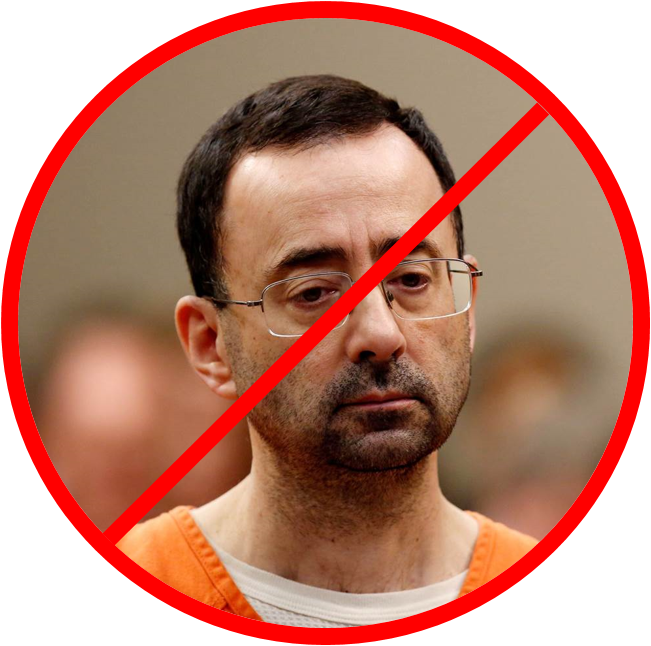

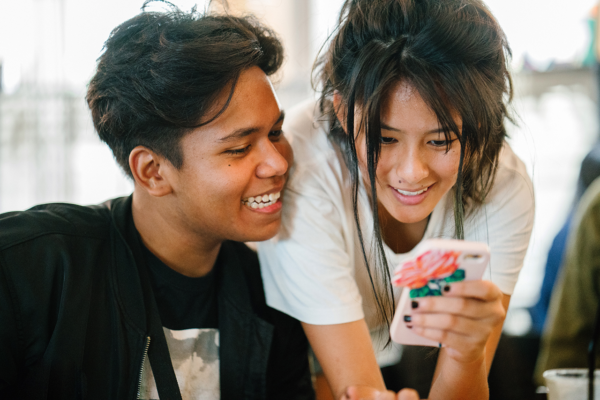
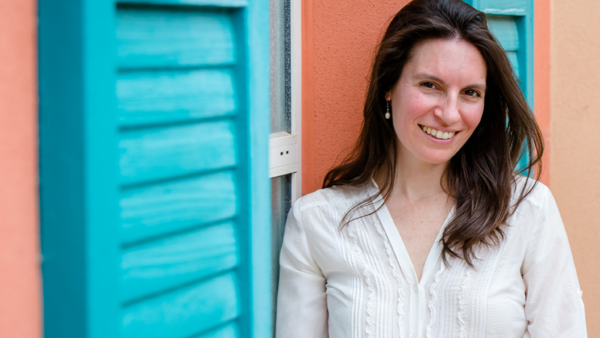
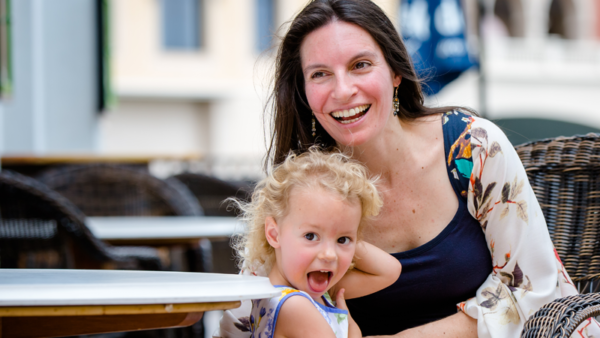
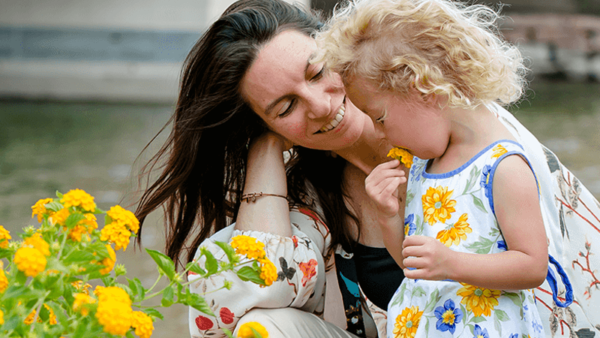



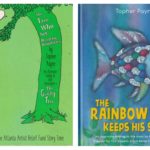

19 Comments. Leave new
Wow.. I think this is great info to use for my teenage children and younger moving forward when needed. I appreciate all your insight into this relevant subject.
Thanks for clarifying all of this and for advocating for kids to have the chance to explore sex and intimacy before they mimic someone else’s idea of it. I’d like to add that most porn too is for the male gaze and geared to make money so, as you know, there isn’t much concern for the female pleasure, let alone intimacy. So I agree, seeing porn is a sad way to begin sexual exploration. I feel for kids who want to find a partner that will share a more organic, exploratory experience. It’s tough to find these days since porn is everywhere and has put its stamp on most kids early sexual experiences.
Bravo! Thank you for your voice! I felt like I was against my child viewing porn but couldn’t articulate exactly why. That was very helpful, very appreciated!
Totally agree, Kate! Well said!
I’ve found this so helpful, thank you. I’ve talked to my son about intimacy, the personal preferences of pleasure, consent, safe sex, porn (that it’s based in fantasy and is fake like an action movie), but hadn’t thought to talk about it in terms of neural pathways and wiring in preferences. This is really useful to know and talk about. Thank you!
This is a tough issue, and I like your thoughts. You have a teen who may feel strong sexual desire, but most parents would hope sexuality happens later with maturity and responsibility. So what is a young teen to do with all that sexual energy? Masturbation without porn perhaps? Which parent is up to coaching their child about healthy approaches to masturbation? Tough.
Masturbation is a taboo subject, even today. Remember how Clinton’s attorney general was forced to resign over it? https://en.wikipedia.org/wiki/Joycelyn_Elders#Comments_on_human_sexuality_and_abortion I think we can safely let kids explore their own bodies, without much guidance about masturbation. We can accept and support them simply by advising them to make sure they have privacy, to wash their hands before and after, and saying it’s healthier if they have their own thoughts & ideas (rather than looking at porn).
I do not disagree with any of your information and thank you Kate for your sharing too. Thank you Anya, good work of informing parents in an area that has so much misinformation and manipulation from outside sources for all of us. My grandson when he was 17 asked me how does he have a sexual feeling without using porn? Hence a conversation that went on for several days back and forth – a little tough to navigate cause he was looking to explore himself rather than with a partner. I think that has changed now that he is 20 (he is dating) but he has held to his decision not to use porn or be intimate until the relationship has grown into intimacy and he does find it difficult as he says “everyone I know looked at it when we were in Junior high”. And when he has a conversation with other young adults he says he feels somewhat different, weird, and the only one who feels this way. It was helpful for both of us have the conversations and I felt honored that he asked. I look forward to seeing how he continues to live his life and what he figures out.
Brava, Linda! What a great kid for asking the question, and what a great grandma for engaging him seriously.
I am so grateful for this. I’ve only heard the other side which did not make a lot of sense to me, but what do I know? I assumed I was just uncomfortable with going deeper. What you say makes a lot of sense. Thanks for detailing it, and summarizing it nicely.
I love the way you speak so directly, and clearly about talking to kids. You make it seem simple and doable and I would be lost without you.
This is great and relevant to adults, not just curious youth! I love how you put the brain info front and center and keep the focus on somatic, personal, exploration/attentional/relational experience. This approach seems like it would lead comfortably into talking about real experiences, so very different than talking about porn/sex-ed books. Thank you for this post.
Great perspective and suggestions here. I really appreciate learning this. I had not thought about this issue from this perspective before. Thanks!
I agree. I’m curious about how limited exposure should be. My 13 year old son, who is nerodiverse, has been unusually adverse to any hint of sexuality in media or conversation. He has recently become more curious and open so I will often ask what he thinks about certain media or ideas and try to do so in a way that includes all preferences to make sure he knows all kinds of sexuality expression or lack of are normal.
Great article Anya! I really appreciate your take on this! 🙂
Love everything said here. Playing “devil’s advocate”… I keep thinking of the forbidden fruit metaphor. Does steering kids away from it, make them more likely to be curious and then work harder to hide it or find it elsewhere?
Great question, Rachel. Restrictions do make things more attractive, and understanding the “why” behind the restrictions reduces the attractiveness. Also, supervision has the greatest impact, helping kids steer a straighter course. There’s a telling study on teen boys and reckless driving, which found that the boys were most likely to drive recklessly with their peers in the car (for status), and least likely with their moms in the car. So to relate it to this, put the restriction in place, explain the why, and add monitoring software. But you’re right – that’s not going to curb every kid’s curiosity.
Yes, please more! More about brain dev and difficult conversations and sex intersections- This is where I am fascinated! And I find parents and youth are educationally underserved~ Thank you!
great work! Keep it up.